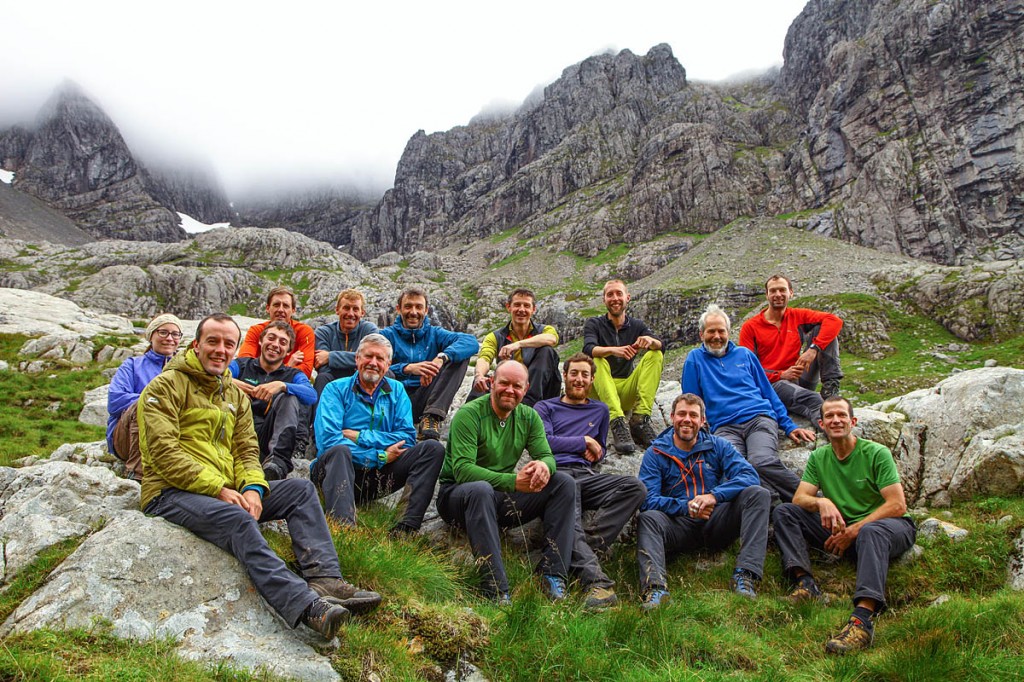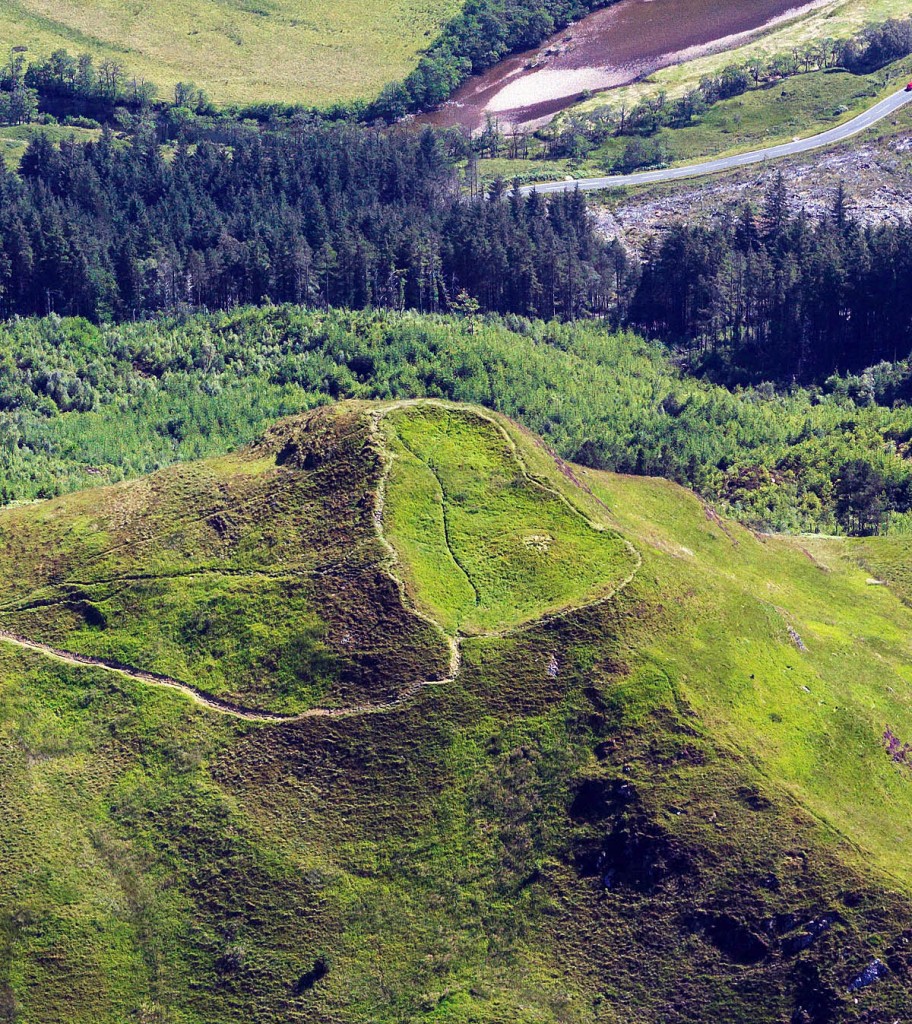A team of climbers and scientists is hoping for better weather as it plans its second survey on the cliffs of Britain’s highest mountain.
Last year’s project on Ben Nevis took place during the tail-end of hurricane Bertha, as mountaineers, geologists, botanists and conservationists gathered details of flora and fauna on the North Face of the peak.
The Nevis Landscape Partnership is planning a second session of information gathering in the gullies and ridges of the steep cliffs, home to a fragile ecosystem.
A partnership spokesperson said: “Mike Pescod of Abacus Mountaineering will be leading the group of technical climbers, geologists, botanists and conservationists and we suspect over the course of the week those roles will become transferrable as they did last year when Will Rowland, a skilled climber and mountaineer, made the first new plant discovery much to the envy of the botanists.”
The team will return to some key locations in the gullies above Coire na Ciste as well as heading into new areas around Castle Ridge, Tower Ridge, Orion Face and Little Brenva Face.
The survey will take place in early August. Cathy Mayne, Scottish Natural Heritage and North Face Survey team member, said: “We and our partners are once again pleased and excited to be involved in more work on Ben Nevis this year and next.
“This follows the hugely successful botanical and geological survey of the North Face of Ben Nevis last year. We hope to discover a number of new locations for the rarest of our Arctic-Alpine flora and we anticipate more populations of Alpine saxifrage which were found in 2014 for the first time.
“As we cover more of the very broken, steep and dangerous terrain we are very hopeful of finding more new species records for the mountain and will work closely with the team of professional mountaineers to make sure more botanical skills are passed on to them too.
“They are a very valuable asset in bringing new records to light; after all, very few people have the skills to go where they go.”
The entire survey team is hoping for better weather this year. The remnants of the hurricane made for some challenging conditions on the long abseils but this year’s problems may include having to cope with significant amounts of snow and ice which could last through the summer months.
The data collected during the 2014 survey is still being analysed but the team managed to explore nearly one-third of the North Face. One of the outcomes of the survey will be a new 3D model of the geology, flora and fauna of the wider Ben Nevis area and will help scientists understand the origins of the mountain and the fragile ecosystem surrounding it.
The partnership will also be part of an archaeologic investigation in nearby Glen Nevis. It will join members of Forestry Commission Scotland and AOC Archaeology in excavations at Dun Deardail in August.
The site is an Iron Age fort overlooking the glen. Its stones have been vitrified by the application of heat which archaeologists say must reach at least 1,000C. It lies just a couple of hundred metres from the route of the West Highland Way.
A spokesperson for the Nevis Landscape Partnership said: “The ambitious Dun Deardail project aims to uncover the mystery surrounding the process of vitrification and explore the rich cultural heritage of Glen Nevis by digging deep to uncover the past.
“Running alongside the excavation and vitrification fieldwork there will be outreach events happening around Fort William such as informative talks with archaeology experts, exhibitions of artefacts, art workshops & local school engagement from primary through to secondary.”
Martin Cook, director of AOC Archaeology “This is a real one-off opportunity to get involved with archaeology in Glen Nevis and we can’t wait to meet the volunteers.
“The vitrification experiment will be very interesting. Nobody to date has managed it but we’re feeling positive and really looking forward to the next three years.”
Anyone who wishes to volunteer to work on the Dun Deardail project should ring 01397 701088, or email the partnership.

